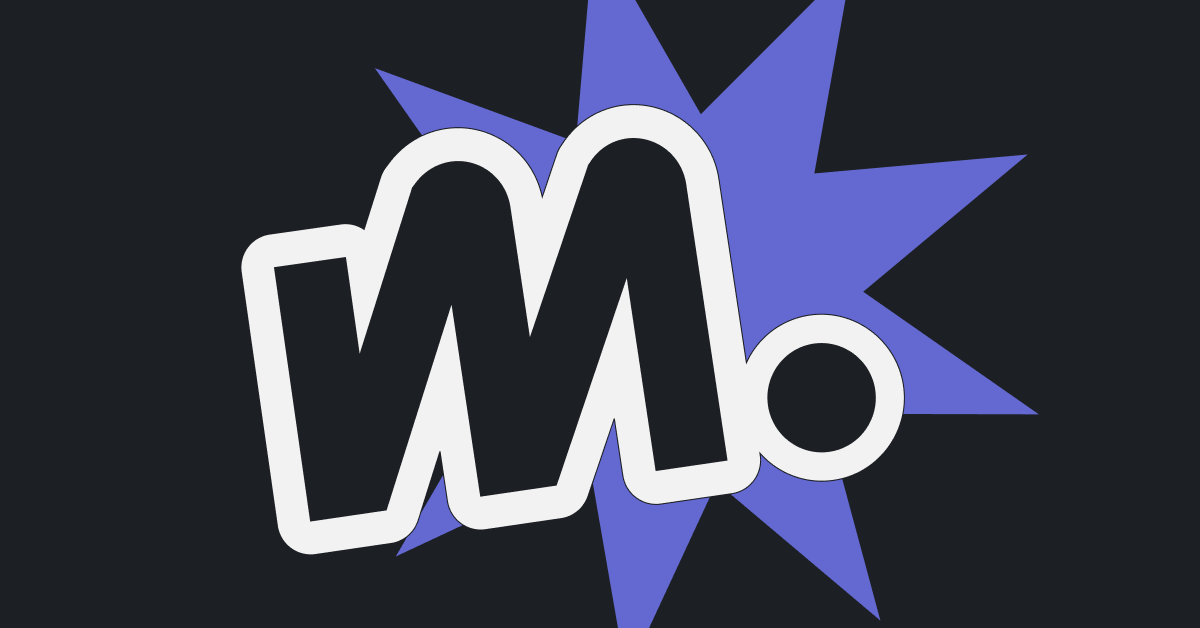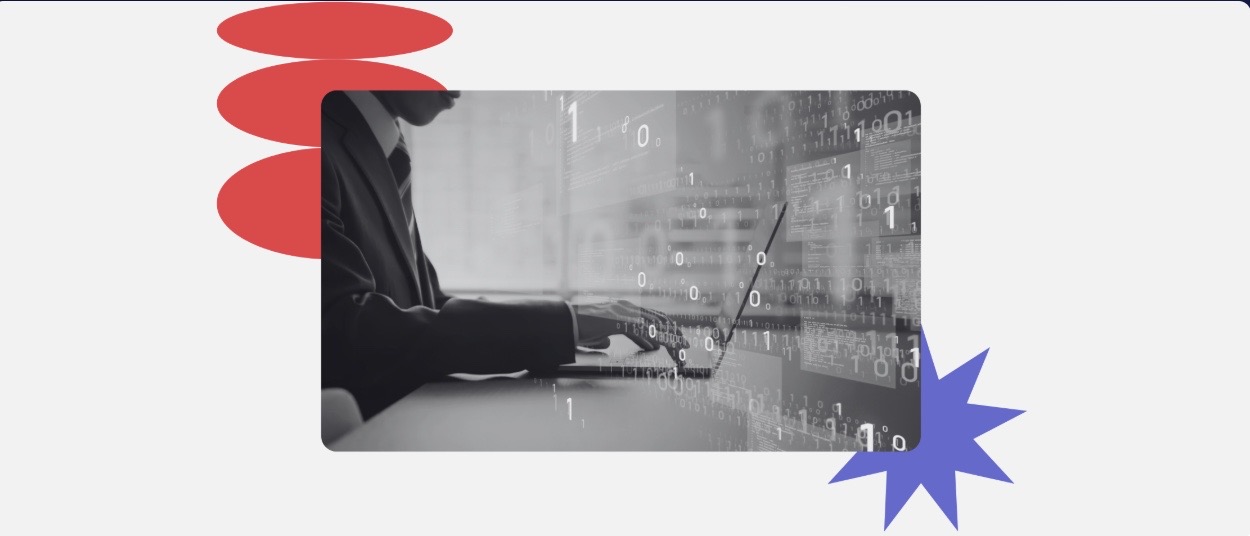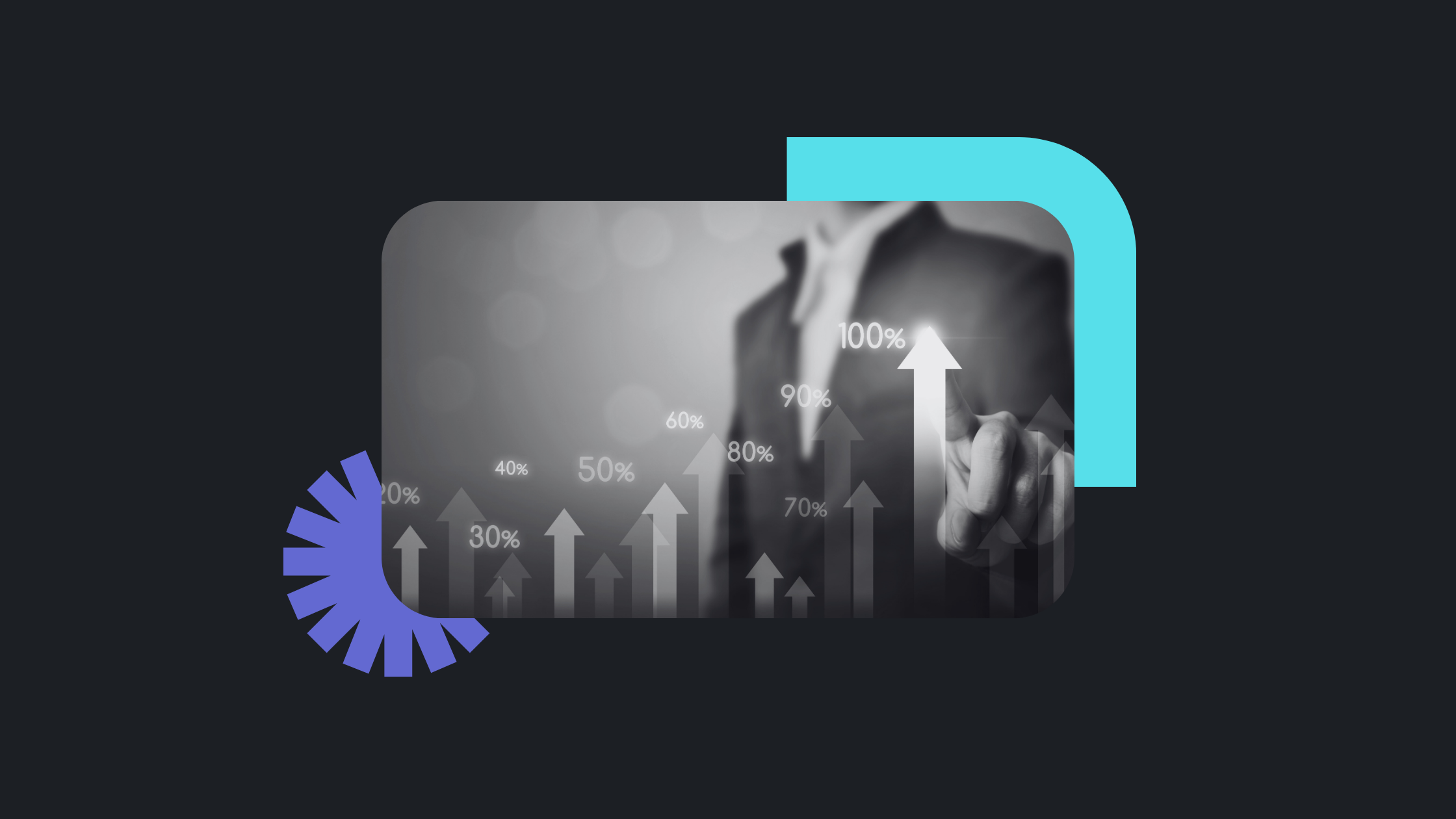At Product Camp 2024, Minders brought to the stage of the Content Aquarium a series of exclusive talks, carefully organized to promote the exchange of knowledge and practical experiences. One of the most impactful talks was by Lucas Barion, Product Manager at Buser, who presented the talk “Experimentation Culture: Building MVPs with What You Already Have.”
During his talk, Lucas highlighted how agile experimentation can be incorporated into the daily work of product teams, even in complex and already established operations. Using real-life examples and concrete results, he showed that it’s possible to innovate quickly using tools and resources already available.
What Does Agile Experimentation Mean?
Lucas began his talk by demystifying the concept of MVP (Minimum Viable Product). Often associated with startups and building products from scratch, he offered a different perspective for companies that already have an established operation.
According to Lucas, the key to agile experimentation is simplification:
Don’t reinvent the wheel:
Many times, companies spend time and resources developing complex features that could be quickly and easily validated with what already exists.
«If we already have several cars in the garage, it doesn’t make sense to start building a new wheel from scratch.»
Do less, but with focus:
The goal of an MVP is to validate a hypothesis as efficiently as possible by gathering real user feedback to iterate quickly.
Practical Cases: How Buser Uses What They Already Have
- Highlighting the Lowest Price
Lucas presented a common challenge faced by Buser: users abandoning their purchase when searching with too many time options. He explained that by analyzing the data in Amplitude, the team identified a pattern: the more options were presented, the lower the conversion rate.
The experiment: Without changing the layout or creating new features, the team added a highlight for the lowest price in the search results.
The result: Despite a modest increase in conversion, the test generated an important insight: users value clear and concise information when making decisions.
«Even a small adjustment can teach us a lot about user behavior.» - Recommended Time Based on Simplicity
One of the most successful experiments involved highlighting recommended times for popular routes, such as São Paulo-Rio. The team used a simple but effective criterion: the most occupied times between 8 PM and 11 PM, also considering proximity to metro stations and average prices.
The test: Create a simple rule to select and highlight recommended times, without the need for a complex model or advanced algorithms.
The result: A 4% increase in revenue per user and a more intuitive search experience.
«It was a quick solution, with no complex endpoints or integrations. Just a direct adjustment in the code.» - Photos of Boarding Points
Another challenge highlighted was users’ distrust regarding the safety of boarding points. Lucas shared a simple but extremely effective test: including real photos of a single boarding point.
The test: Use already available photos to illustrate the Expo Minas boarding point in Belo Horizonte.
The result: An impressive 9% increase in conversion for searches related to this point.
«Sometimes, an apparently simple solution can generate significant impacts.» - Abandoned Cart on Mobile
To address the problem of abandoned carts, Buser leveraged existing components from another screen to display the information on mobile. Once again, simplicity was the key:
The test: Reuse an existing layout to display abandoned cart details, without creating new features or layouts.
The result: An 8% to 10% increase in conversion for users with abandoned carts.
«This was one of the simplest and most effective tests we’ve ever conducted, proving that innovation doesn’t need to be complicated.»
Key Experimentation Takeaways
- Less is More: Experimentation should be simple and direct, with the goal of learning quickly and iterating based on the results.
- Prioritize Impact, Not Perfection: Not all experiments need to be scalable or technically sophisticated right away. Start small and develop as needed.
- Don’t Get Attached to Features: Features that don’t deliver results should be discontinued, even if they were initially promising ideas.
- Test, Learn, and Iterate:
Experimentation is a continuous cycle. Each test should generate learning that fuels the next one.
Reflections
At the end of his talk, Lucas emphasized that agile experimentation is not just a methodology, but a mindset:
«The product is not your child. If something isn’t working, let it go and move forward.»
«The best test is the one you can implement quickly and that gives you useful answers to move forward.»
Glossary of Technical Terms
- MVP (Minimum Viable Product): The smallest functional version of a product or experiment that allows you to validate a hypothesis.
- A/B Test: Comparing two versions of an element to determine which one performs better.
- Conversion: When a user performs a desired action, such as making a purchase or signing up.




